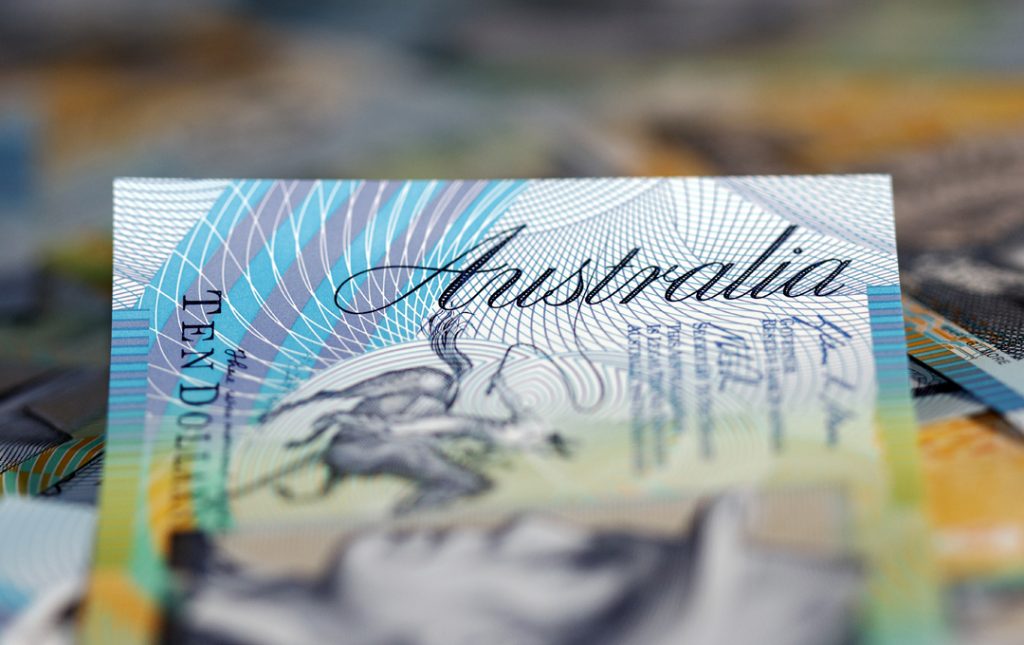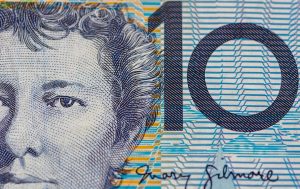Overview
The Reserve Bank of Australia (RBA) Board decided to maintain its cash rate target at 4.35% and keep the interest rate on Exchange Settlement balances at 4.25%. This decision marks the fourth consecutive month with no changes since the last rate hike in November 2023.
Key Takeaways:
1. Inflation Trends:
- Inflation remains high, albeit declining more slowly than anticipated.
- Consumer Price Index (CPI) growth was 3.6% for the year ending in March, compared to 4.1% to December. However, underlying inflation was even higher, largely driven by services inflation that is easing gradually.
2. Economic Imbalances:
- Higher interest rates have started reining in demand, but excess demand persists in the economy. Domestic cost pressures for both labour and non-labour inputs remain elevated.
- Labour market conditions have eased but are still tighter than required for sustained full employment and inflation targeting. Wage growth remains high and unsustainable.
3. Economic Outlook:
- The central forecast projects inflation to return to the target range of 2-3% in the latter half of 2025, reaching the midpoint in 2026. Near-term inflation is expected to rise due to higher petrol prices and slower moderation in services inflation.
- The persistence of services inflation, strong labour market conditions, and unit labour costs pose significant challenges. This will require sustained productivity improvements to curb inflation.
- Household consumption remains weak as high inflation and earlier interest rate hikes impact real disposable incomes, leading to reduced discretionary spending.
- Global uncertainties persist, particularly around geopolitical conflicts in Ukraine and the Middle East, which could disrupt commodity prices and international growth prospects.
4. Policy Implications:
- The Board emphasized its commitment to bringing inflation back to target within a reasonable timeframe, consistent with its mandate for price stability and full employment.
- The RBA is closely monitoring global and domestic economic developments, especially trends in inflation, labour markets, and domestic demand.
- The central bank will not rule out further rate adjustments, remaining vigilant to upside risks while assessing inflation trajectory data.
Market Reaction & Interpretation:
The Australian dollar retreated to $0.66 following the RBA’s decision and statement. While the decision to keep rates unchanged was expected, market participants anticipated a more hawkish tone suggesting potential interest rate hikes. The RBA, however, refrained from any explicit forward guidance and acknowledged stalled progress in reducing inflation, maintaining their “not ruling anything in or out” stance. Despite inflation easing for five straight quarters, it still exceeded forecasts.
Assessment:
The RBA’s communication is interpreted as more dovish than the market expected. Investors anticipated a firmer signal regarding future rate hikes to combat high inflation, but the Board emphasized data dependence and economic uncertainties, opting to monitor conditions carefully rather than commit to immediate action. This leaves the path of interest rates open-ended, suggesting a flexible and cautious approach in the near term.





